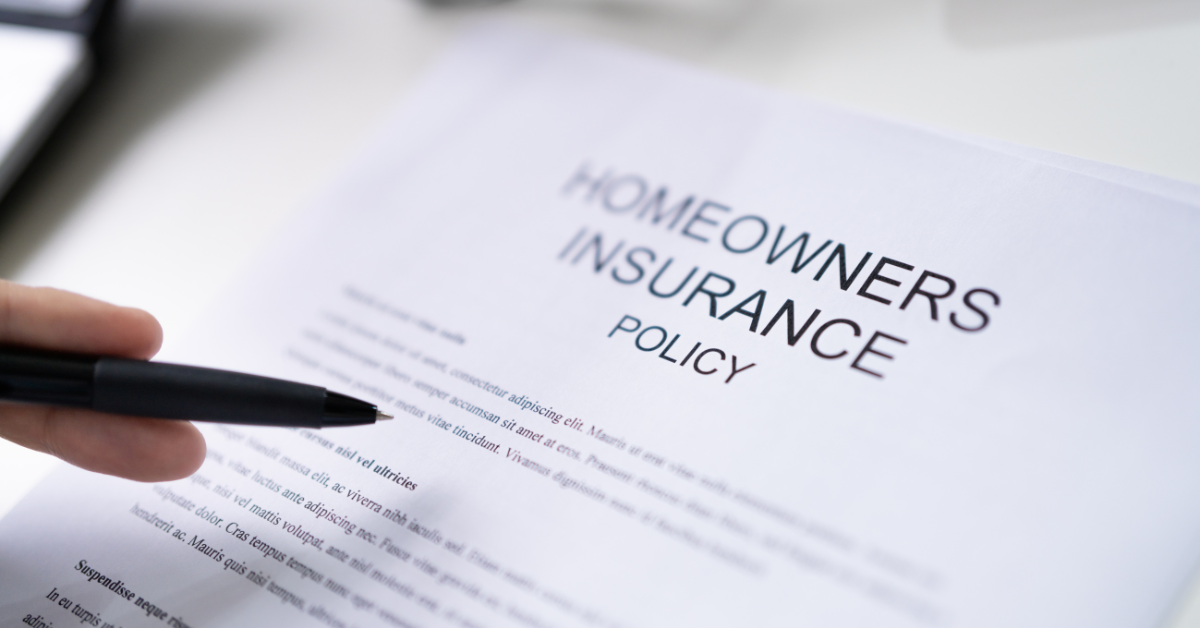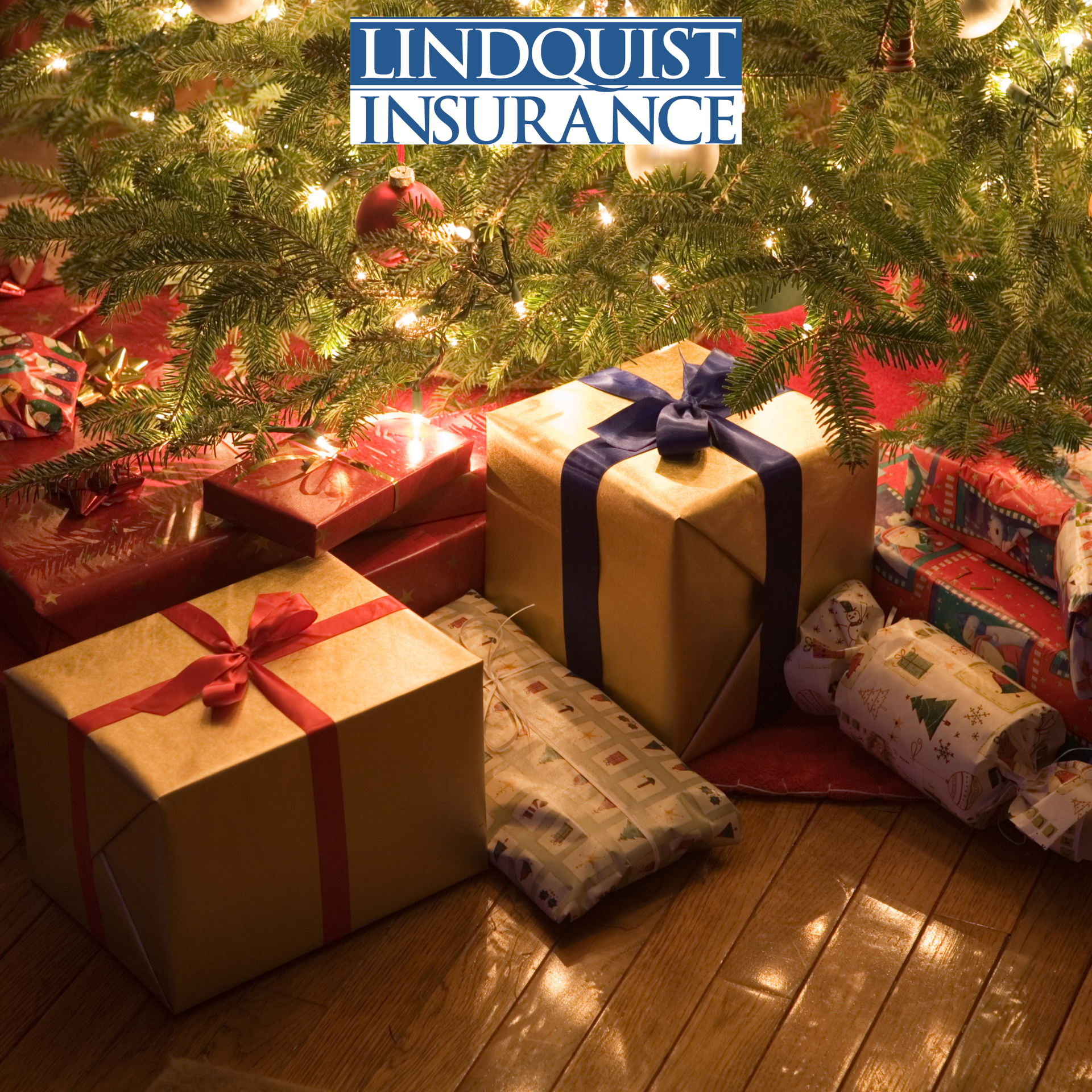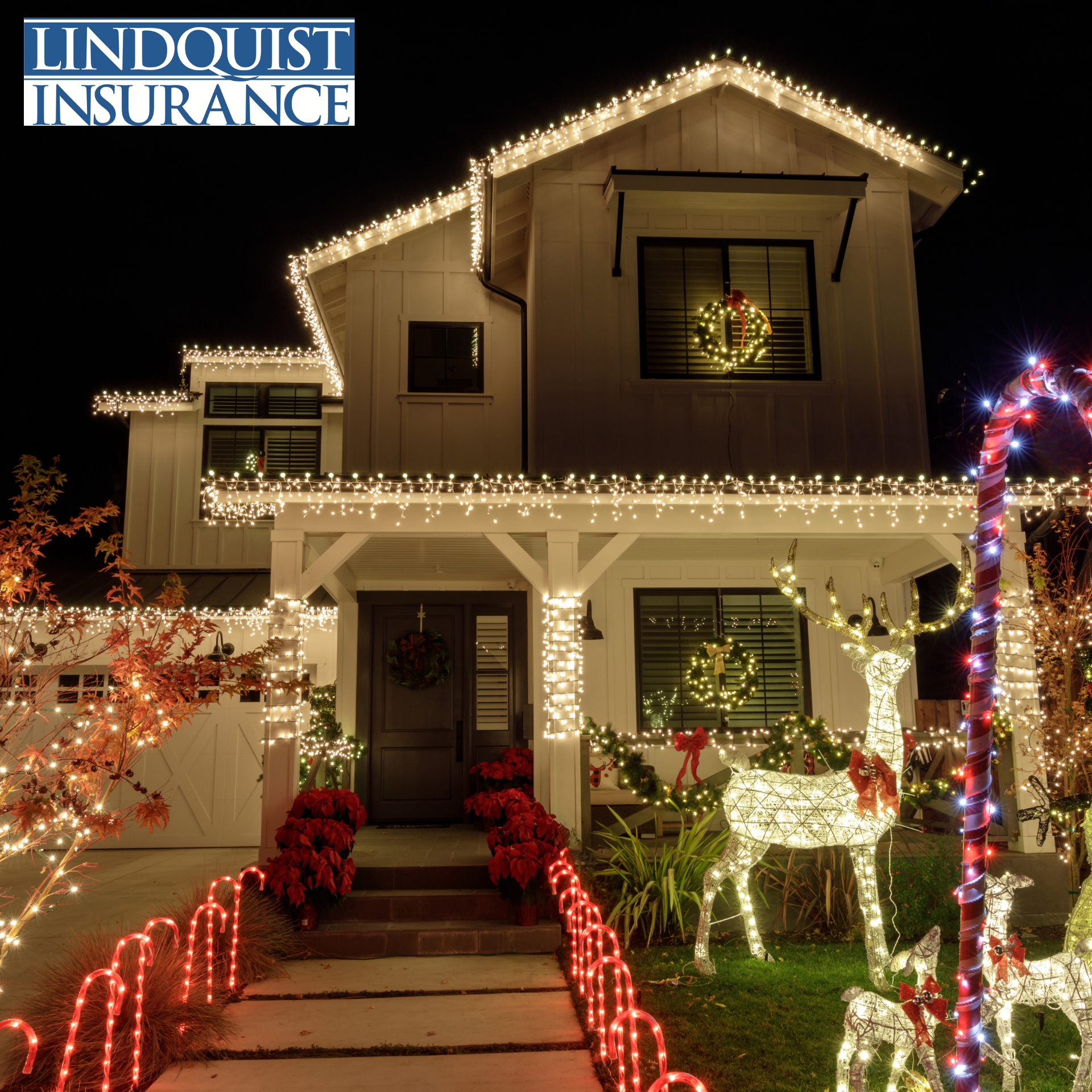Which Natural Disasters Are Covered by Homeowners Insurance?
Homeowners Insurance Covers Certain Natural Disasters

Homeownership brings a sense of security and comfort, but it also comes with the responsibility of protecting your property from unexpected events, including natural disasters. While homeowners insurance provides essential coverage for various risks, it's crucial to understand that not all natural disasters are treated equally under standard policies. ***
Let’s look at which natural disasters are usually covered by homeowner’s insurance and how you can ensure comprehensive protection. As always, we recommend consulting your insurance agency for the exact coverage on your policy:
- Fire: This is the most common natural disaster covered by homeowner’s insurance. The cause of the fire may be lightning, wildfires, or other factors. Fire damage to your home and personal property is generally included in standard policies.
- Wind or Hail: This coverage includes damage from hurricanes, tornadoes, and severe thunderstorms. However, in areas prone to frequent windstorm damage, there may be separate deductibles or coverage limitations. Your insurance agency will inform you if your location is included in this coverage.
- Winter Storms: Damage resulting from heavy snow, ice, and freezing conditions is typically covered by homeowners insurance. This includes collapsed roofs due to the weight of snow and ice.
- Water Damage from Burst Pipes: Water damage caused by burst pipes and other internal plumbing issues is usually covered. Immediate action to mitigate the damage is essential in such cases.
- Lightning Strikes: Lightning causes fires, power surges, and other forms of damage. Homeowner’s insurance often covers damage resulting from lightning strikes, including damage to electronics and appliances.
- Explosions: While not strictly a "natural" disaster, explosions resulting from events like gas leaks or industrial accidents are generally covered by homeowners insurance.
- Falling Objects: Damage caused by falling objects, such as trees, branches, or debris during a storm, is usually covered. However, damage caused by a tree falling due to neglect or lack of maintenance might not be covered.
Floods and earthquakes are not covered under standard homeowners insurance policies. If you live in an area prone to these disasters, you need to purchase separate flood insurance and earthquake insurance policies.
Flood insurance covers damage caused by flooding, including overflowing rivers, heavy rainfall, and storm surges. It's important to note that even a small amount of water can cause extensive damage, so having flood insurance is crucial for homes located in flood-prone areas.
Earthquake insurance covers damage to your home and belongings resulting from earthquakes, which can cause structural damage.
To ensure comprehensive coverage for natural disasters, follow these steps:
- Review Your Policy: Carefully review your homeowner's insurance policy to understand what is covered and what is not. If you're unsure about any aspect, reach out to your insurance agent for clarification.
- Assess Your Risks: Consider the natural disaster risks in your area. If you live in a region susceptible to flooding, earthquakes, or other specific events, explore additional insurance options.
- Add Endorsements: Depending on your risk profile, you might want to add endorsements or riders to your policy to enhance coverage. These additions can address gaps in coverage or increase limits.
- Document Your Property: Maintain a thorough inventory of your belongings, including photographs, receipts, and appraisals. This documentation will be invaluable if you need to file a claim.
- Consider Specialized Policies: If you're in an area with unique risks, such as coastal areas prone to hurricanes, consider specialized policies that offer better coverage for those risks.
While homeowner’s insurance provides vital protection against a range of natural disasters, it's important to recognize the limitations of standard policies and address potential coverage gaps for events like floods and earthquakes. By following the steps above, you can ensure that your home and belongings are safeguarded against the unpredictable forces of nature.
For more information on high-valued homeowner’s insurance coverage and how it can be covered under your homeowner's policy, contact our licensed and experienced insurance consultants at Lindquist Insurance. We can review your coverage with you and make sure your home is fully covered. Call (301) 694-0008 for an appointment.
We serve the Annapolis, MD, and Frederick, MD areas.










Share On: